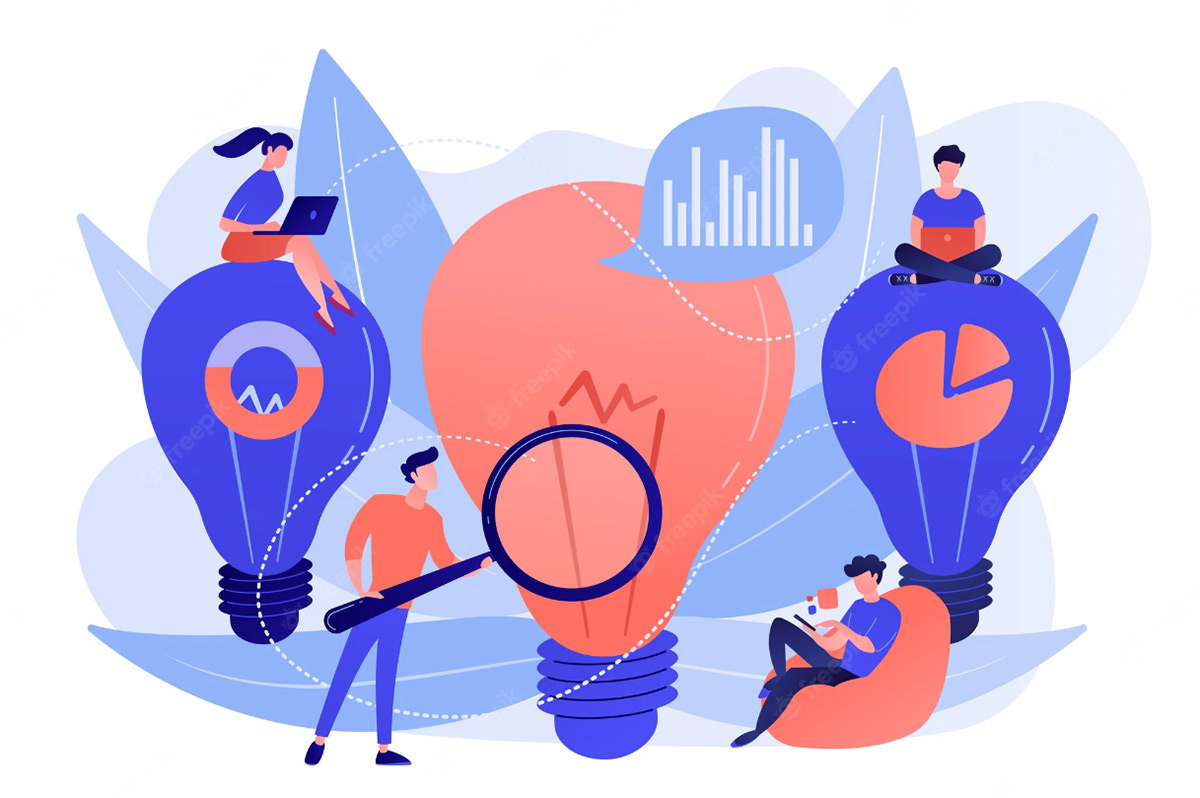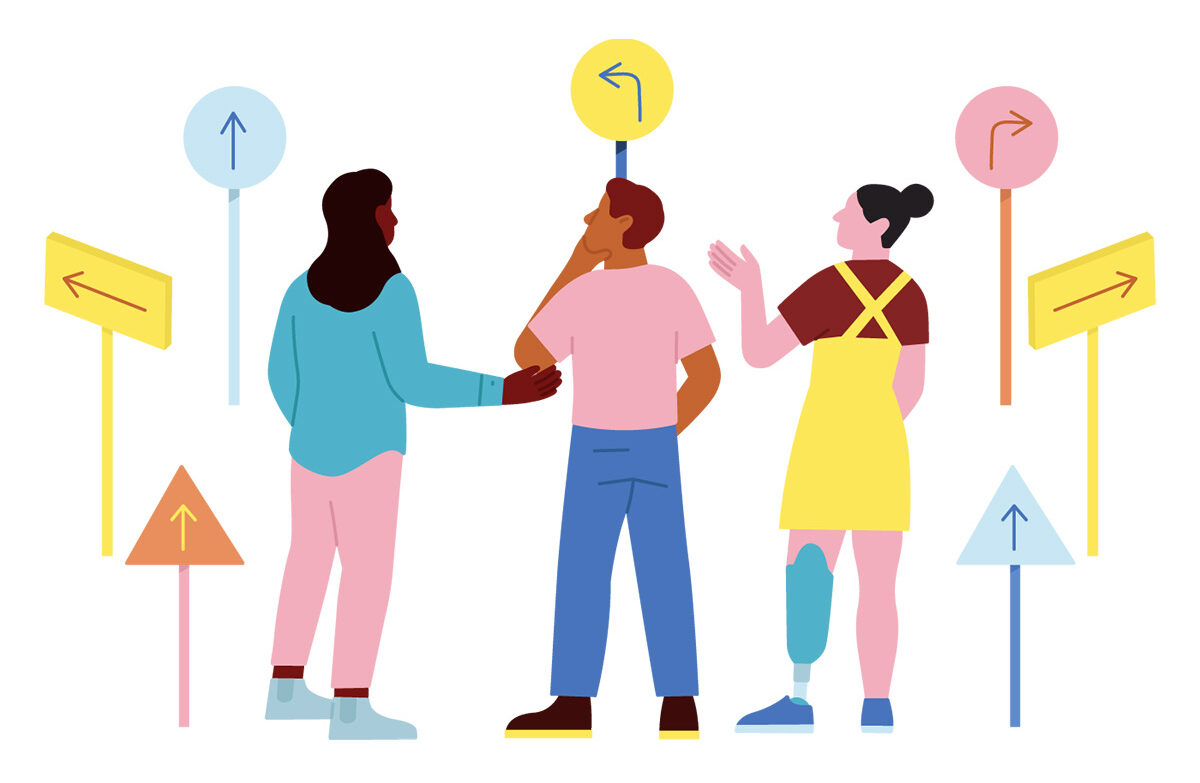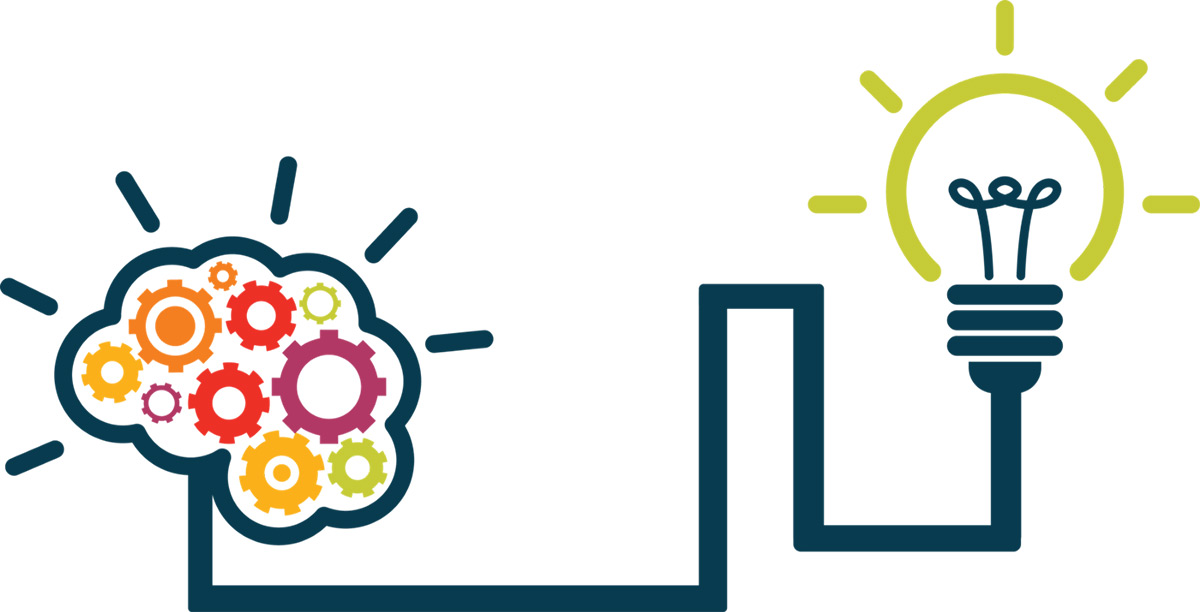Vaibhav finished his graduation and was looking forward to getting a heads-up for his interviews, how to be part of the corporate world, and learning everything about professionalism. He knew his uncle, Sivaranjan, was a renowned corporate professional and he asked Vaibhav to reach out to him whenever he needed. So, Vaibhav asked his uncle to walk him through the trails of professionalism.
By far, they have successfully pulled out the following topics from the dark – The myths and realities of professionalism, the power of effective communication skills, the importance of nonverbal communication – body language, power dressing, effective verbal communication, introduction to written communication, email etiquette, the importance of values, how building habits shape our lives, working together can boost our productivity, the power of interpersonal relations in the workplace, and how to manage workplace conflict.
Vaibhav, when we talk about professionalism, it is not confined to the attire you choose to wear or the sophistication you blend in your communication, however, it is the description you hope others will apply to you when you work in an organization. Individuals who demonstrate professionalism are valuable to organizations. So, don’t just focus on how you present yourself, as it is not a label you give yourself, focus on what you want your introduction to be in the organization, explained Sivaranjan.
Before heading for our next topic, let me put a scenario to the table, said Sivaranjan.
A few kids were playing near the railway tracks, one was playing on the abandoned track while the others were playing on the working tracks. The train is approaching the kids and they are busy playing. Vaibhav, you find yourself near the track interchange. What would you do? Would you change the course to the abandoned track and save most of the kids while sacrificing the one playing alone? Or would you rather let the train take its original course?
Take a pause here and think about the action you would take. Most people would probably choose to change the train’s route and sacrifice only one child. I suppose you feel the same way. But did you believe that the child who chose to play on the abandoned track had made the correct decision to play in a safe location?
Nonetheless, he had to be sacrificed because his foolish friends chose to play on working and utterly dangerous tracks. This type of quandary occurs all the time.
The scenario teaches us another lesson: while we make good decisions in our lives, it is our moral responsibility to teach others about the repercussions of making bad choices. If we do not do this, we may end up like the boy in this scenario. All of them would be safe and sound if the kid chose to ask his friends to play on the abandoned track.
While we are all aware that life is full of difficult decisions that must be made, we may fail to recognize that hasty decisions are not always the best ones.
“Keep in mind that what is right is not always popular, and what is popular is not always right.”
Vaibhav, I hope you would have understood the lesson in this scenario, we have to take a pause and think it through before making any decision.
Yes, uncle, I am wondering how challenging it is to solve a problem and reach an optimum decision.
Very well, let’s understand problem-solving and decision-making in detail.
What is Problem Solving and Decision Making?

Every day, we use our creativity to solve problems. For example, you may need to change your route due to traffic, troubleshoot an IT problem, or figure out what to make for dinner using the ingredients left in the fridge. Your professional challenges are likely to be more complicated than these examples, but the skills and processes you use to find solutions are largely the same, as they rely on your ability to analyze a situation and decide on a course of action.
“Problem-solving and decision-making are pivotal in any job, so it is critical to demonstrate that you have the personal resilience and skills to see problems as challenges, make the right choices, and learn and grow from your experiences.”
What Are The Different Steps To Solve A Problem?

Define the problem
It involves identifying and clearly stating the issue that needs to be addressed. This can be done in a variety of ways, including
- Identifying the gap between the current state and the desired state.
- Asking questions to clarify the problem and its context.
- Breaking down the problem into smaller, more manageable pieces.
- Defining the problem in specific, measurable terms.
Effective problem definition is important because it sets the stage for the rest of the problem-solving process. A clearly defined problem allows you to focus your efforts and resources on finding a solution that addresses the root cause of the issue.
Problem statement and symptom worksheet
A problem statement is a concise description of an issue that needs to be addressed or a condition that needs to be improved upon. It should be specific and state what needs to be resolved, but not suggest any solutions.
A symptom worksheet is a tool used to gather and organize information about a problem or issue. It is typically used to identify the symptoms of a problem, as well as the possible causes and impacts of those symptoms. The purpose of a symptom worksheet is to help you better understand the problem you are trying to solve and to guide your efforts in finding a solution.
Here is an example of a symptom worksheet:
Symptom: Product defects
Possible causes:
- Poor quality raw materials
- Incorrect manufacturing processes
- Lack of maintenance on equipment
Impacts:
- Increased customer complaints
- Reduced productivity
- Increased production costs
Using a symptom worksheet can help you to clearly define the problem and identify potential causes, which can then be used to generate and evaluate potential solutions.
Analyzing the problem
Analyzing the problem is an important step in the problem-solving process. It involves breaking down the problem into smaller pieces and understanding it in more depth. Here are some steps you can follow to analyze a problem:
- Gather information: Collect all relevant information about the problem, including any constraints or limitations.
- Identify the root cause: Determine what is causing the problem. This may require breaking the problem down into smaller pieces and looking at each piece separately.
- Consider the impacts: Think about how the problem is affecting you, others, and the broader system.
- Look for patterns: Look for any patterns or trends in the data you have collected.
- Generate hypotheses: Based on your analysis, come up with possible explanations for the problem.
By thoroughly analyzing the problem, you can better understand its complexity and develop more effective solutions.
Root-cause analysis –
It is a problem-solving technique used to identify the underlying cause of a problem. It is a systematic approach to finding the cause of a problem, rather than just addressing the symptoms.
The goal is to identify the root cause of a problem so that it can be addressed, rather than just treating the symptoms. By addressing the root cause, you can prevent the problem from occurring again in the future.
The Five-Why Analysis
It identifies the root cause of a problem by repeatedly asking the question “why.” It involves asking why the problem occurred and then asking why again for each answer until the root cause is identified.
Here’s an example of how the Five Whys technique might be used:
Problem: A machine is producing defective parts.
Why did the machine produce defective parts?
Because the machine was not properly maintained.
Why was the machine not properly maintained?
Because the maintenance schedule was not followed.
Why was the maintenance schedule not followed?
Because the maintenance technician was not trained on how to follow the schedule.
Why was the maintenance technician not trained on how to follow the schedule?
Because the training documentation was not updated.
Why was the training documentation not updated?
Because the person responsible for updating it was on leave and no one else was trained to do it.
By asking “why” five times, we were able to identify the root cause of the problem (the outdated training documentation) and can now take steps to address it.
The Five Whys technique is simple and can be effective in quickly identifying the root cause of a problem
How to know you have found the root cause?
There are a few signs that you have found the root cause of a problem:
- The root cause addresses the problem: When you have identified the root cause of a problem, it should directly address the issue you are trying to solve.
- The root cause is actionable: The root cause should be something that you can take action on. If you can’t do anything to address the root cause, then it’s likely not the real root cause.
- The root cause is supported by evidence: The root cause should be based on evidence and data, rather than assumptions or guesses.
- The root cause makes sense: The root cause should make logical sense and fit with what you know about the problem.
- The root cause is confirmed: Once you have identified the root cause, it’s important to confirm that it is indeed the root cause. This can be done through testing or further investigation.
If you have found the root cause of a problem, it should address the issue, be actionable, be supported by evidence, make sense, and be confirmed.
Optimal Solution Construction
Optimal solution construction is the process of selecting the best solution to a problem. Here are some steps you can follow to construct an optimal solution:
- Generate potential solutions: Come up with as many potential solutions as you can.
- Evaluate the potential solutions: Consider the pros and cons of each potential solution.
- Select the best solution: Choose the solution that best addresses the problem and meets any constraints or requirements.
- Develop a plan: Create a plan to implement the selected solution.
- Communicate the plan: Share the plan with relevant stakeholders and get their feedback and buy-in.
- Implement the plan: Put the plan into action.
- Monitor and adjust: Monitor the implementation of the plan and make any necessary adjustments.
Constructing an optimal solution involves generating and evaluating potential solutions, selecting the best one, and developing a plan to implement it. It is important to communicate the plan and get feedback from stakeholders, and to monitor and adjust the implementation as needed.
Conclusion
When you reach the finish line on your problem-solving and decision-making process, implement the solution, and make sure to track your solution’s progress. Did the solution eliminate the problem? If the outcome is not the way you wanted it to be, then you can spiral back to the problem and find another solution.
Vaibhav, these methods work as a roadmap to solve the problem, and you will also need to understand different problem-solving and decision-making styles to understand other individuals’ perspectives towards the problem.
Effective problem-solving and decision-making require strong analytical and critical thinking skills, as well as the ability to think creatively and consider multiple perspectives. It can also be helpful to develop good communication and collaboration skills, as these can help facilitate a more productive and effective problem-solving and decision-making process.
I understood it well uncle, problem-solving and decision-making involve choosing between different options or courses of action. It requires the ability to evaluate the pros and cons of each option and to select the one that is most likely to be effective, said Vaibhav.
Indeed, Vaibhav, there will be times when you will find yourself surrounded by a dilemma, confusion, and quick thinking, it is when problem-solving and decision-making skills will drag you out of the situation.
https://tigosoftware.com/conflict-management-problem-solving-and-decision-making
http://www.dailytenminutes.com/2018/12/children-playing-near-two-railway-tracks.html
https://www.indeed.com/career-advice/career-development/decision-making-style
https://miro.medium.com/max/1400/0*1bRPHETP9uBWmJsb.png
Written By: Jimmy Jain
Edited By: Afreen Fatima
Society of Design Thinking Professionals









